JavaScript is disabled. For a better experience, please enable JavaScript in your browser before proceeding.
1 - 19 of 19 Posts
1 - 19 of 19 Posts
Top
JavaScript is disabled. For a better experience, please enable JavaScript in your browser before proceeding.
1 - 20 of 26 Posts
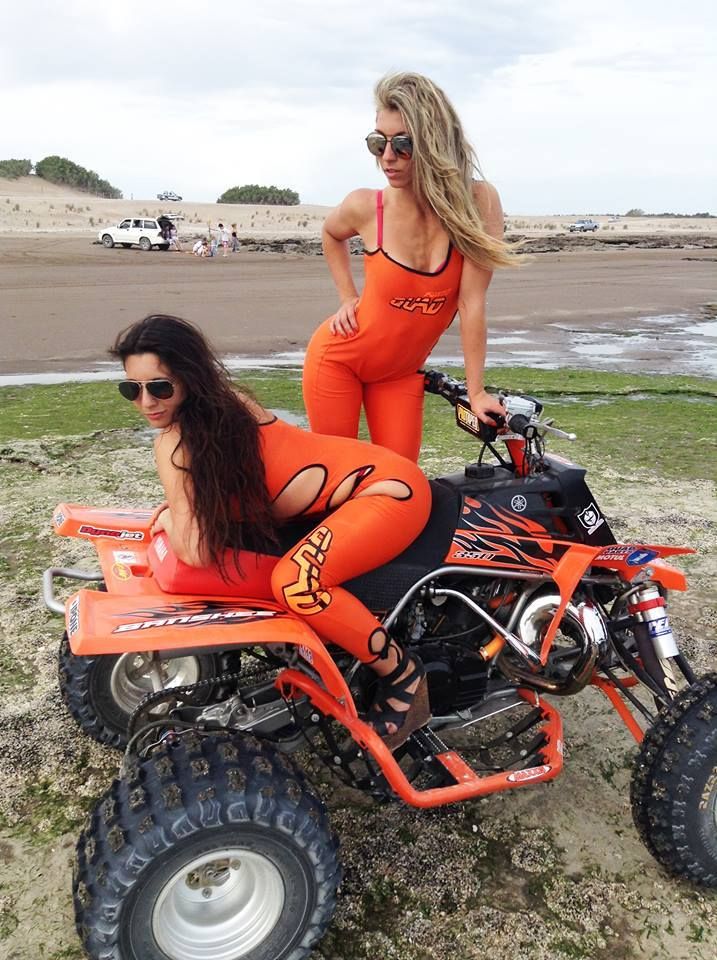 Random.guy ·
Random.guy · 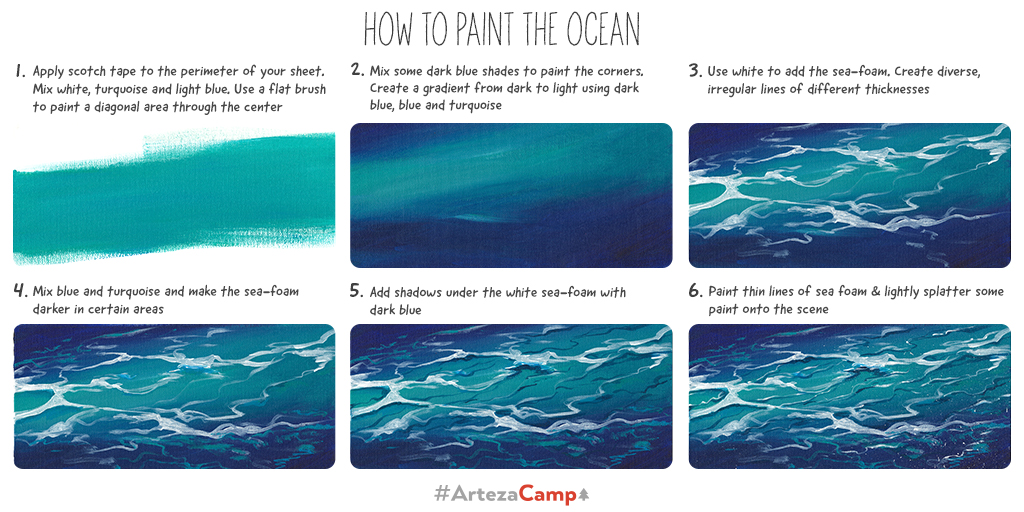 Random.guy ·
Random.guy · 1 - 20 of 26 Posts
Top
Introducing the ATV of our regular author S. Pletnev from the city of Ocher, Perm Territory. Another machine built by him testifies to the increased design level and professional skills of its creator. However, judge for yourself...
However, judge for yourself...
A year of work 3-4 hours after work and on weekends - and the new car was ready for testing, there were only small (and I would say pleasant) improvements: connecting lighting equipment, installing an ignition switch, rear-view mirrors and other little things.
The power unit for my self-made ATV was the engine from the Oka car - 32-horsepower, two-cylinder, four-stroke, liquid-cooled. And if for a car its power was often not enough, then for an ATV it should have been more than enough.
Machine frame - three-dimensional, welded. Its main elements (two pairs of spars: upper and lower) are made of round pipes of the VGP-25 type (water and gas pipelines with a diameter of 25 mm and a wall thickness of 3.2 mm), auxiliary (struts, cross members, etc.) - from VGT-20. The spars are bent: the lower ones are in the horizontal plane, the upper ones are in the vertical one.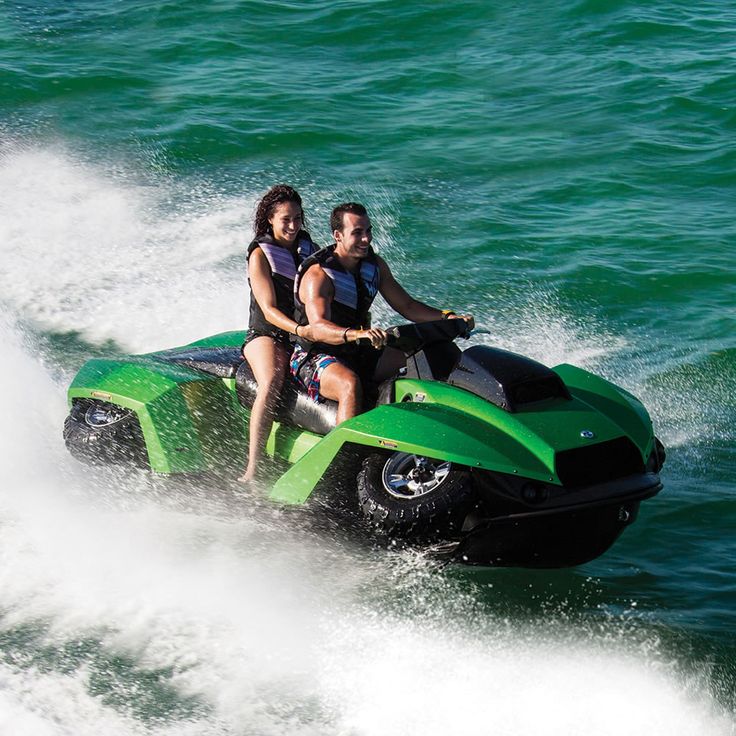 He bent pipes on a pipe bender, "to the cold." The lugs (pairs of lugs) for attaching the levers and shock absorbers of the suspension were welded to the frame immediately, and various brackets - as the components and assemblies were mounted (in place).
He bent pipes on a pipe bender, "to the cold." The lugs (pairs of lugs) for attaching the levers and shock absorbers of the suspension were welded to the frame immediately, and various brackets - as the components and assemblies were mounted (in place).
The transmission of the all-terrain vehicle is peculiar. Although the car is all-wheel drive, it does not have a transfer case. As you know, in the "Oka" the engine is located across, and on the ATV it is installed along. This made it possible to direct the output shafts from the gearbox (gearbox) not to the right and left wheels (as in a car), but to the front and rear axles. That's just the power unit itself, interlocked with the "basket" of the clutch and gearbox, had to be shifted slightly to the left relative to the longitudinal plane of symmetry in order to reduce the horizontal angle of the longitudinal articulated shafts of the transmission. Well, their vertical angles turned out to be insignificant.
The transmission was assembled from units of various domestic cars, mainly VAZ models.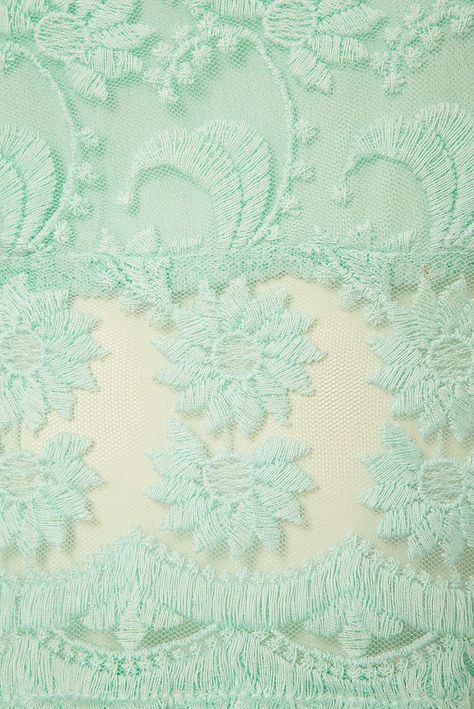 But ready-made industrial units also had to be finalized. For example, from the gearbox (from Oka), to ensure optimal (reduced) speed and increase torque, he removed the main gear pair and replaced it with a chain drive. The gearshift rod also made another one - elongated, with outlets on both sides of the gearbox. The stem can be fixed in three positions: for engaging 1st and 2nd gears, 3rd and 4th and reverse. The lever for selecting these positions is on the right side, and the gearshift lever is on the left.
But ready-made industrial units also had to be finalized. For example, from the gearbox (from Oka), to ensure optimal (reduced) speed and increase torque, he removed the main gear pair and replaced it with a chain drive. The gearshift rod also made another one - elongated, with outlets on both sides of the gearbox. The stem can be fixed in three positions: for engaging 1st and 2nd gears, 3rd and 4th and reverse. The lever for selecting these positions is on the right side, and the gearshift lever is on the left.
Interwheel gearboxes - from the rear axles of the VAZ "classics", only their axle shafts along with the "stockings" were removed and replaced with shafts with CV joints from front-wheel drive models. CV joints as hinges are also used in the remaining intermediate shafts of the transmission.
No low gears or differential locks.
Steering - motorcycle type (lever and shaft) at the top and automobile type (with tie rods) - at the bottom, simplified only, without steering mechanism, with one bipod. The steering wheel was first used from a Minsk motorcycle, with a pipe diameter of 22 mm, but it turned out to be a little thin. Later I found and installed from the Ural motorcycle. The steering shaft is made of a pipe with a diameter of 20 mm and a wall thickness of 2.8 mm. At the lower end it has a stroke limiter. At the bottom, the shaft rests on a thrust bearing, and in the middle part it rotates in a detachable nylon bracket-sleeve.
The steering wheel was first used from a Minsk motorcycle, with a pipe diameter of 22 mm, but it turned out to be a little thin. Later I found and installed from the Ural motorcycle. The steering shaft is made of a pipe with a diameter of 20 mm and a wall thickness of 2.8 mm. At the lower end it has a stroke limiter. At the bottom, the shaft rests on a thrust bearing, and in the middle part it rotates in a detachable nylon bracket-sleeve.
The bipod is made of 8 mm thick steel sheet in a shape resembling the letter "T". A hole with a diameter of 20 mm was made at the edge of the “pillar” - a steering shaft was inserted and welded into it, and in the ears there were conical holes for ball tips of steering rods. These holes are reinforced with suitable welded washers. The lugs of the bipod are slightly bent down so that they are almost parallel to the rods.
ATV wheels - 15-inch, from the car "Chevrolet Niva". Tires with appropriate rim size 205/70 (width/height as a percentage of width) with off-road tread pattern. The wheel diameter is about 660 mm.
The wheel diameter is about 660 mm.
Wheel suspension - independent, on two triangular transverse levers each (upper and lower) with shock absorbers from the Oka car (front). The levers are welded from round tubes of VGP-20 type. Elastic elements (springs) and shock absorbers - from the car " Oka " (rear). Wheel hubs and steering knuckles are welded into the wheel ends of the front levers - from the VAZ-2109 car. Both of them had to be improved. I installed wheel studs from the Niva in the hubs, and home-made swing arms in the front fists.
Silencer - self-made, two-section. To protect against temperature warping, the body kit covered it with a remote cover, and insulated the inlet pipe with asbestos.
Do-it-yourself body kit for an ATV
- fiberglass. I pasted it for the first time, and therefore first studied the recommendations for the implementation of the relevant work.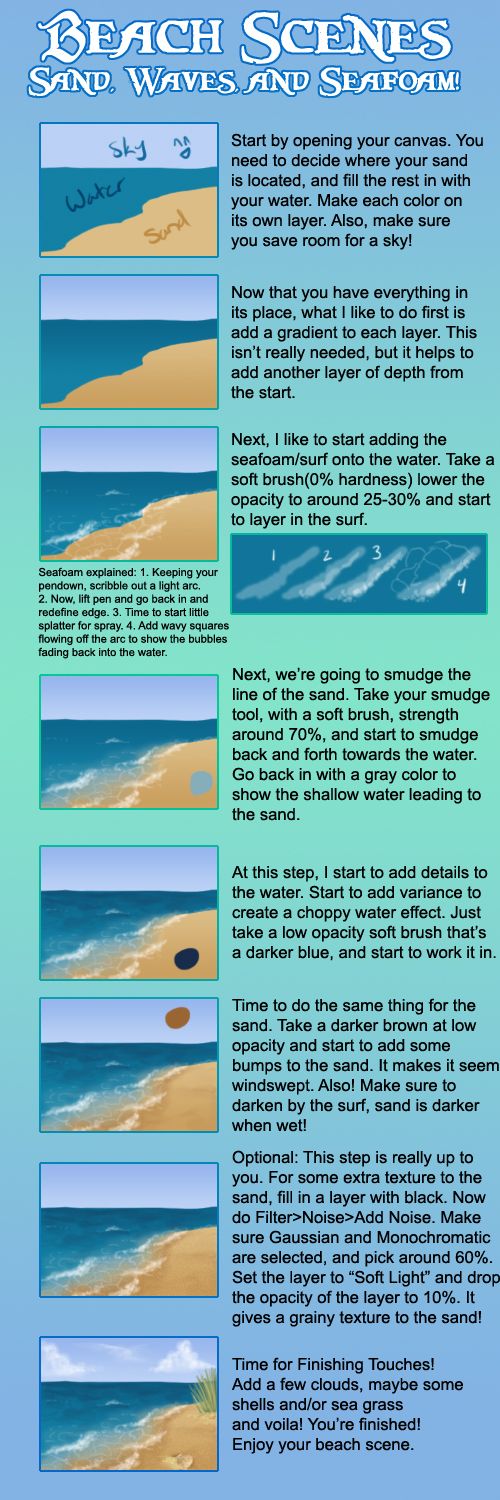 But as it turned out, this process is painstaking, although the result is worth it.
But as it turned out, this process is painstaking, although the result is worth it.
First, I made the required body kit contours from a steel square pipe with a section of 10x10x1 mm. Fortunately, this pipe easily bends even with hands over the knee. The contour was welded to the frame with the help of jumpers from the same pipe, in places where later (after gluing the body kit), it would be possible to cut off the “tacks” without difficulty. Then he bent the “wings” from hardboard (fibreboard) and fixed them with self-tapping screws to the contour and jumpers. Where the bend turned out to be steep, he attached separate strips from the same hardboard. The front end was removed with polystyrene foam purchased at a hardware store. It was possible to use polystyrene foam or the same mounting foam, but polystyrene foam turned out to be a more suitable material - it can be cut well with a sharp thin knife. I glued individual elements from it into a common structure on a mounting foam.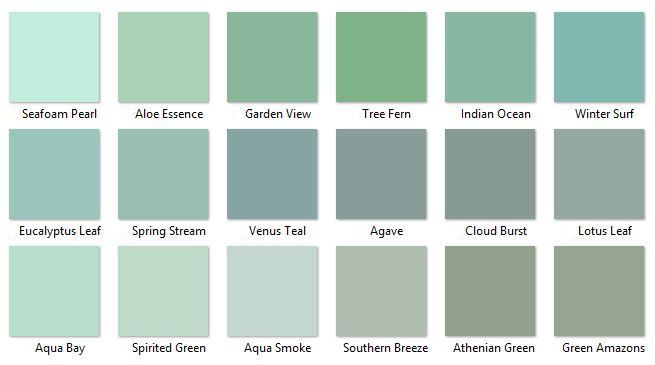
Press-> increase
Fake tank - complex shape. It was not possible to bend it out of the hardboard. Therefore, having wrapped the engine with plastic wrap, I began to fill the place intended for it with layers of mounting foam. After each layer, drying is mandatory, otherwise the thick volume of foam may not dry inside. Filled in until the layers went beyond the contour. Finally, after the foam had completely dried, I began to draw the desired shape with a knife. I smoothed the edges with coarse-grained sandpaper.
A part of the Oka dashboard went under the dashboard. I fixed it on the blank, too, with the help of mounting foam. Since the foam is large-pored, the pores were filled with gypsum and then processed. When the shape of the blank began to correspond to the intended design and its surface became more or less smooth, I covered the blank with PF-115 paint.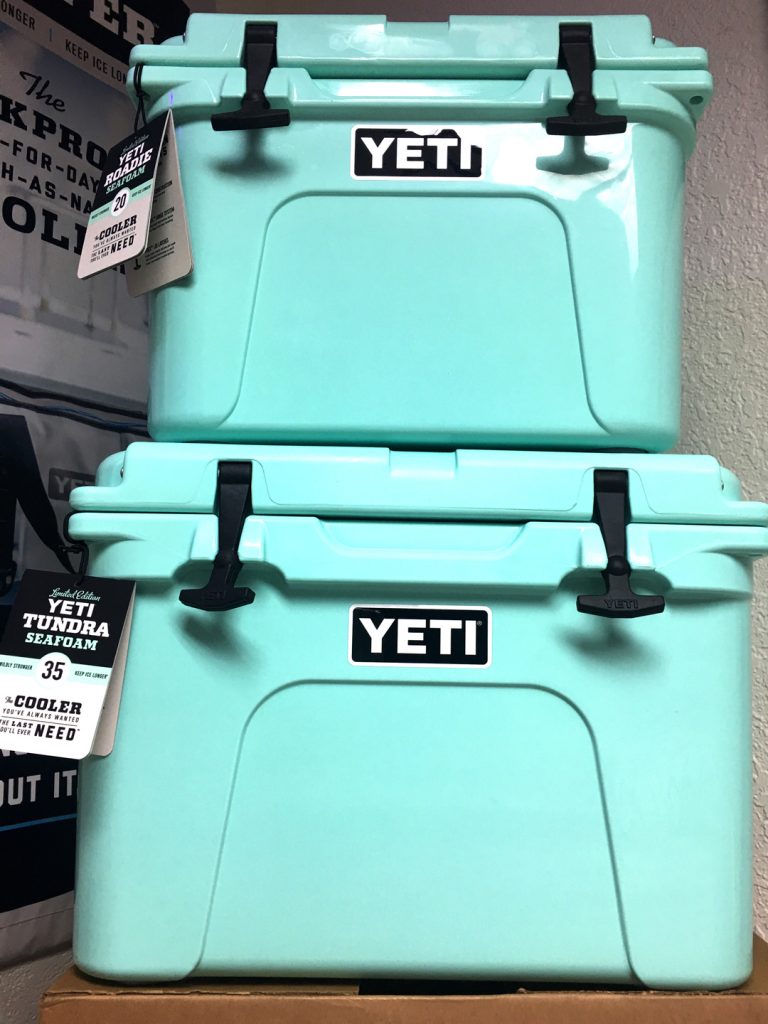 Since I was not going to make a matrix for gluing the body kit on the block, but immediately glued the body kit on it, followed by finishing the surface to an ideal state, then plastering and painting the block could be neglected.
Since I was not going to make a matrix for gluing the body kit on the block, but immediately glued the body kit on it, followed by finishing the surface to an ideal state, then plastering and painting the block could be neglected.
So, the blockhead is ready and in order to glue a quality product, it took: 10 kg of epoxy resin, 1 kg of plasticizer for it and 1 kg of hardener, 15 running meters of not thick fiberglass, 5 m of glass mat, brushes, gloves. It is highly recommended to wear respiratory protective equipment. And the more expensive they are, the more reliable. But experience, as you know, you can’t buy, so I gained it in the process of work.
Transparent adhesive tape was used as a separating layer between the blank and the product. Carefully, without gaps, he pasted over the whole blockhead with stripes. It took only 1.5 rolls of wide tape.
I diluted the resin in 200 - 300 grams with a hardener and a plasticizer. I used measuring cups and syringes, which is not very convenient. Before that, I cut strips of fiberglass in such sizes that large canvases lay on even surfaces, and on irregularities, pieces of fabric could repeat them without making wrinkles. By the way, the fiberglass moderately stretches along the diagonal of the weaves, “flowing around” the desired shape.
Before that, I cut strips of fiberglass in such sizes that large canvases lay on even surfaces, and on irregularities, pieces of fabric could repeat them without making wrinkles. By the way, the fiberglass moderately stretches along the diagonal of the weaves, “flowing around” the desired shape.
First, I smeared thickly with epoxy resin one section of the blockhead, put fiberglass on it and impregnated it again with resin on top. I glued the adjacent piece of fabric using the same technology with an overlap of 3-5 cm. I had to work quickly - the resin sets quite quickly, and the higher its temperature, the faster. Yes, I also heated the resin a little near a powerful lighting lamp for better fluidity.
After gluing the dummy with fiberglass in one layer, I started gluing it with glass mat. I got the glass mat thick enough, and it turned out to be good for them to gain the thickness of the product. But it does not hug bumps, so I used it only on flat (or with a slight deflection) surfaces and without overlap. Impregnation with resin was carried out in the same way as when working with fiberglass. It should only be taken into account that it takes a lot of resin to impregnate glass mat, so you need to dilute it more. Uneven surfaces after gluing the glass mat were glued in several layers with a cloth. Each subsequent layer was applied after the previous one had set a little so that the resin did not leak. And since the process of gluing the body kit took more than one day, after a day break, it was necessary to “roughen” the surface with coarse sandpaper and degrease it - after all, the resin is completely cured during this time. The final layers on top of the mat were again covered with fiberglass, and not even in one layer.
Impregnation with resin was carried out in the same way as when working with fiberglass. It should only be taken into account that it takes a lot of resin to impregnate glass mat, so you need to dilute it more. Uneven surfaces after gluing the glass mat were glued in several layers with a cloth. Each subsequent layer was applied after the previous one had set a little so that the resin did not leak. And since the process of gluing the body kit took more than one day, after a day break, it was necessary to “roughen” the surface with coarse sandpaper and degrease it - after all, the resin is completely cured during this time. The final layers on top of the mat were again covered with fiberglass, and not even in one layer.
Since I needed a surface, as they say, the smoother the better, and there was not enough experience, dips and pits still remained - I filled them somewhere with one resin, and where with the imposition of pieces of fiberglass. Resin was a bit lacking. I bought more already in the hardware store, in boxes. I liked working with it more, because it was already packaged, and all that remained was to mix the components. And it dried faster than purchased at the company.
I liked working with it more, because it was already packaged, and all that remained was to mix the components. And it dried faster than purchased at the company.
After the glued body kit had completely dried, I made cuts in it, dividing the product into three parts: rear fenders and tail, false tank with underseat, front fenders and front. Carefully, slightly prying and pulling with his hands with picking, he separated the product in parts without much effort from the blockhead.
Now, having removed the parts, I began to process them separately, bringing them to the desired result. In general, the usual preparatory and painting work on the "whole" technology: first, rough grinding with the removal of large bulges of resin and fiberglass; then painstaking sealing of recesses with putty with fiberglass; then grinding the outer surface and priming with a plasticizer. In conclusion - painting with "metallic" and varnishing with a plasticizer.
Blockhead also neatly cut it off and put it in the far corner - just in case. The body kit was attached to specially made and welded "in place" mounts on the frame.
The body kit was attached to specially made and welded "in place" mounts on the frame.
At the end, I welded front and rear trunks from thin-walled steel pipes with an outer diameter of 20 mm, and in addition to them, “kenguryatniks” that replace bumpers.
Download homemade ATV archive _https: //depositfiles.com/fibmjr7cbj
S. Pletnev,
g. About Permsky Territory
Articles
20 Feb
At first glance, it may seem that assembling a homemade ATV is not an easy task. In fact, everything is much simpler than it seems, with the necessary parts and tools. An all-terrain vehicle of this type is usually constructed from parts that can be found on any unused motorcycle that is in decent working order.
To assemble the machine yourself, you may need the following tools:
• Welding machine.
• Bulgarian.
• Good set of ring and socket wrenches.
• Other small tools such as pliers and screwdrivers.
To assemble the ATV, you will need a small room with good lighting and heating. If you assemble in the summer, you can sit under a canopy.
As a power unit for a homemade all-terrain vehicle, engines from Soviet-made motorcycles such as the Ural or Dnepr are suitable. For lighter and more maneuverable equipment, you can use units from motorcycles such as "Java" or "IZH", which were equipped with single-cylinder two-stroke engines.
To simplify the design of the future ATV, together with the engine it is better to use the same transmission and drive with which they were originally equipped. To design a machine with all-wheel drive, you will need to install an additional gearbox. This is extremely rarely used in home-made devices, since it will be difficult to implement an additional node without a sharp increase in weight at home.
This is extremely rarely used in home-made devices, since it will be difficult to implement an additional node without a sharp increase in weight at home.
The frame for a DIY craft is usually made from scratch. As a material for the frame, you can use blanks from an old motorcycle. The pipes from which they are made are light in weight and have the necessary strength and flexibility. In extreme cases, you can choose the material yourself. Here the main parameter will be weight. Excessively thick pipes or profiles will make the ATV very heavy and unbearable for fast and maneuverable riding.
As a suspension, shock absorbers with springs from the same motorcycles can be used. The suspension itself is made in the form of the letter "A", and is movably fixed on the frame. Shock absorbers and springs should be selected in such a way that they can withstand the weight of the future car, and provide a smooth ride with good handling on bumps and pits.